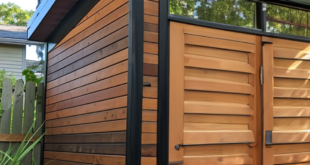Landscaping layout is a crucial aspect of designing and planning outdoor spaces. It involves arranging various elements such as plants, hardscape features, and structures to create a cohesive and visually appealing environment.
The first step in landscaping layout is to assess the site and consider factors such as sunlight exposure, soil conditions, and existing vegetation. This information will help determine the types of plants that will thrive in the space and the best locations for them. It is also important to consider the overall style and theme of the landscaping, whether it be formal, informal, modern, or traditional.
Once the site assessment is complete, the next step is to create a detailed plan that includes the placement of all elements within the landscape. This plan should take into account the flow of the space, creating pathways and focal points that draw the eye and create interest. It is essential to consider the scale and proportions of the elements within the landscape to ensure a balanced and harmonious layout.
In addition to plants, hardscape elements such as patios, walkways, and walls play a crucial role in landscaping layout. These features provide structure and define different areas within the landscape. When incorporating hardscape elements, it is important to consider how they will complement the overall design and enhance the functionality of the space.
The layout of a landscape can also be influenced by functional considerations such as drainage, accessibility, and privacy. Proper drainage is essential to prevent water pooling and erosion, while creating accessible pathways and sitting areas ensures that the space can be enjoyed by all. Privacy considerations may involve strategically placing trees, shrubs, or fences to create secluded areas within the landscape.
Ultimately, a well-executed landscaping layout will enhance the beauty and functionality of outdoor spaces, creating a welcoming and enjoyable environment for homeowners and visitors alike. By carefully planning and arranging elements within the landscape, designers can create a space that reflects the homeowner’s style and meets their specific needs and preferences.






